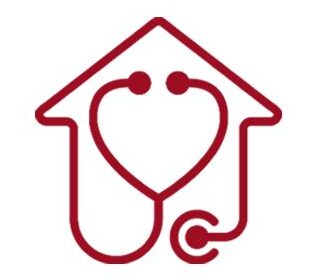Toxic bacteria are microorganisms that produce toxins harmful to humans, animals, or plants. These toxins can cause illness or even death when ingested, inhaled, or exposed to the skin. Here are some examples of toxic bacteria and the diseases they can cause:
- Clostridium botulinum: This bacterium produces botulinum toxin, one of the most potent toxins known to humans. Ingesting food contaminated with botulinum toxin can lead to botulism, a severe and potentially fatal illness characterized by muscle weakness, paralysis, and respiratory failure.
- Escherichia coli (E. coli): While most strains of E. coli are harmless, certain pathogenic strains, such as Shiga toxin-producing E. coli (STEC), can cause severe gastrointestinal illness. Ingesting contaminated food or water can lead to symptoms such as diarrhea (often bloody), abdominal cramps, and sometimes kidney failure (hemolytic uremic syndrome).
- Salmonella spp.: Various species of Salmonella bacteria can cause salmonellosis, a type of food poisoning characterized by symptoms such as diarrhea, fever, abdominal cramps, and vomiting. Contaminated foods, particularly raw or undercooked poultry, eggs, and unpasteurized dairy products, are common sources of Salmonella infection.
- Vibrio cholerae: This bacterium causes cholera, a severe diarrheal disease transmitted through contaminated water or food. Cholera toxin produced by Vibrio cholerae leads to profuse watery diarrhea, dehydration, and electrolyte imbalances, which can be life-threatening if left untreated.
- Listeria monocytogenes: Listeria bacteria can cause listeriosis, a serious infection primarily affecting pregnant women, newborns, the elderly, and individuals with weakened immune systems. Ingesting contaminated foods, such as deli meats, soft cheeses, and unpasteurized dairy products, can lead to symptoms such as fever, muscle aches, nausea, and meningitis.
- Staphylococcus aureus: Staphylococcus aureus can produce toxins that cause food poisoning when ingested. Symptoms of staphylococcal food poisoning include nausea, vomiting, abdominal cramps, and diarrhea. Foods that are improperly handled or stored can become contaminated with Staphylococcus aureus.
These are just a few examples of toxic bacteria and the diseases they can cause. Proper food handling, hygiene practices, and sanitation are essential for preventing bacterial contamination and foodborne illness.
